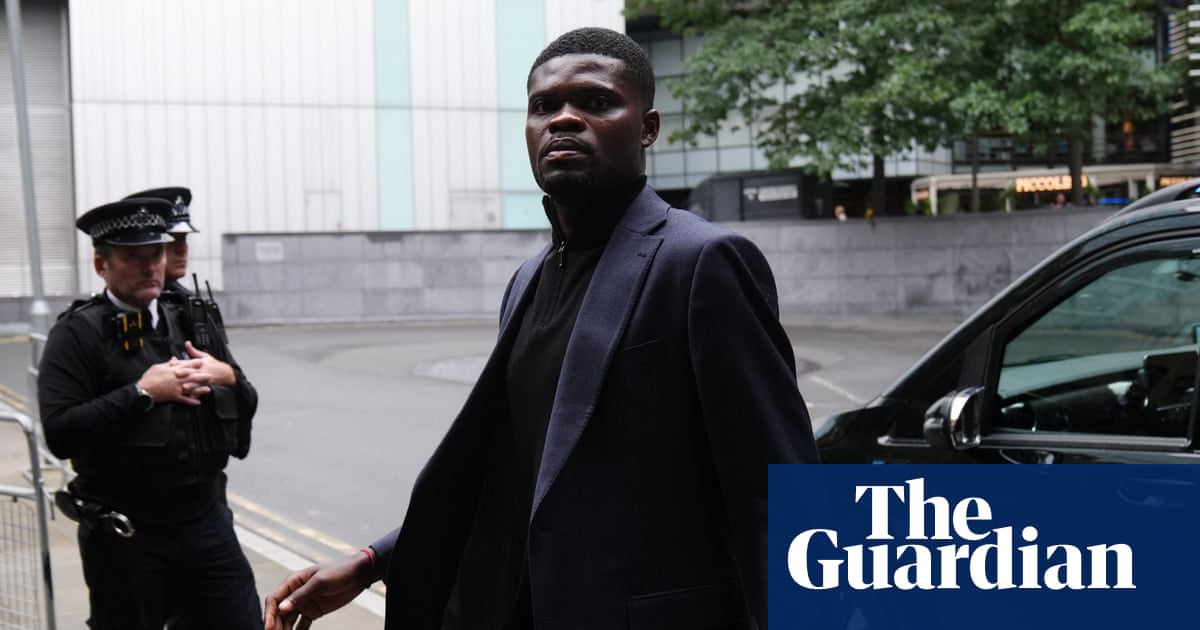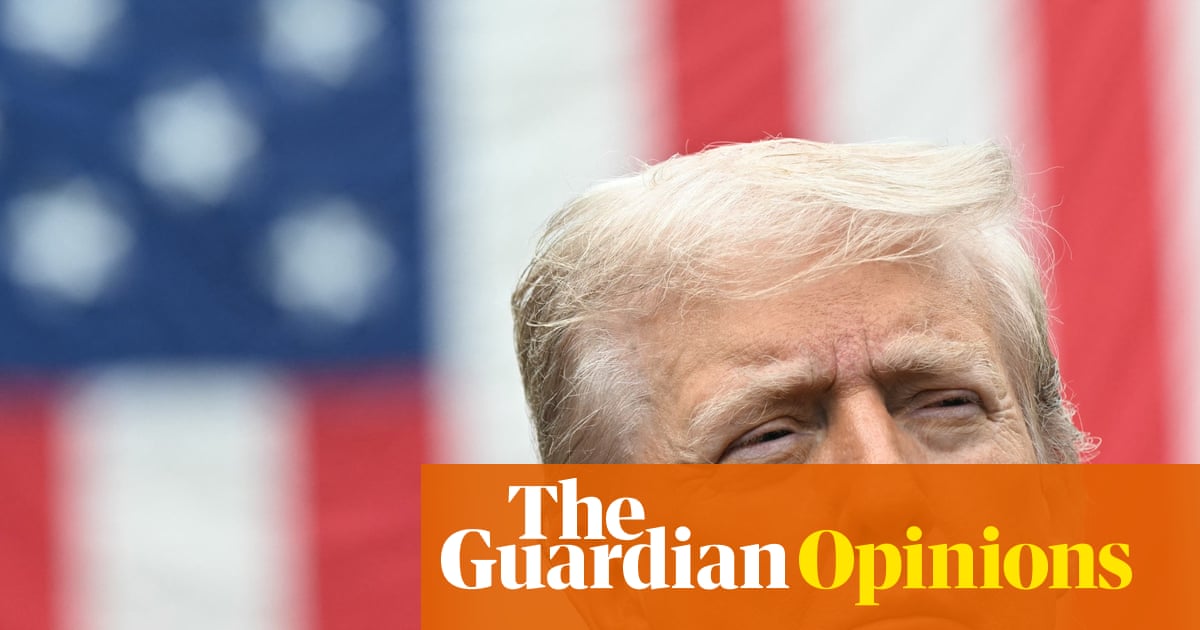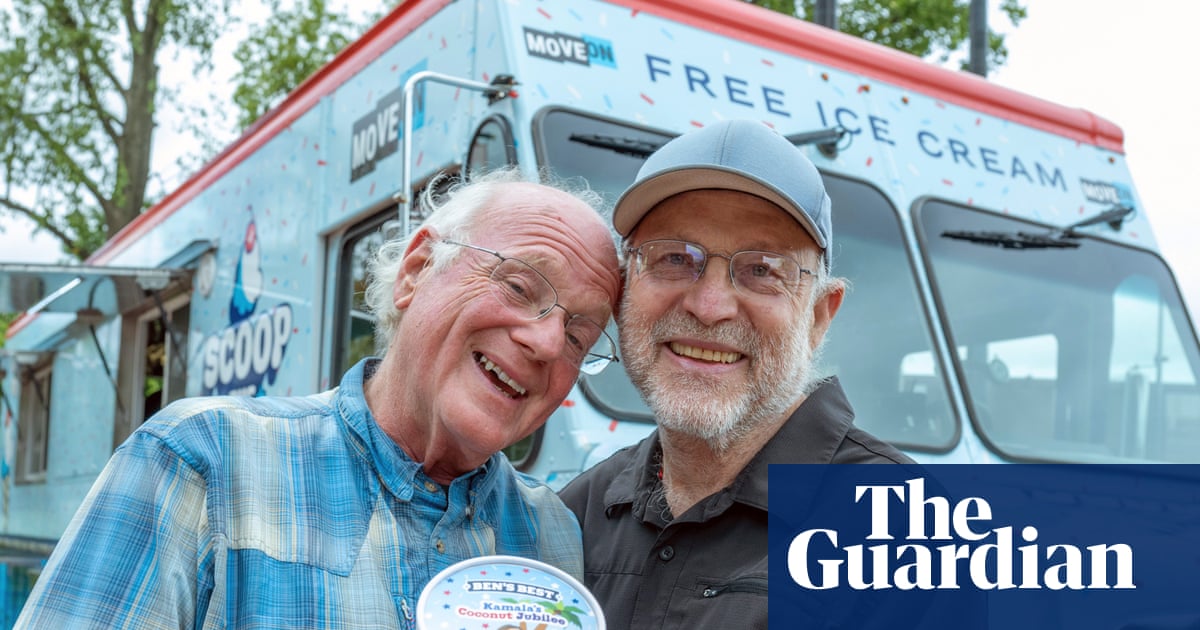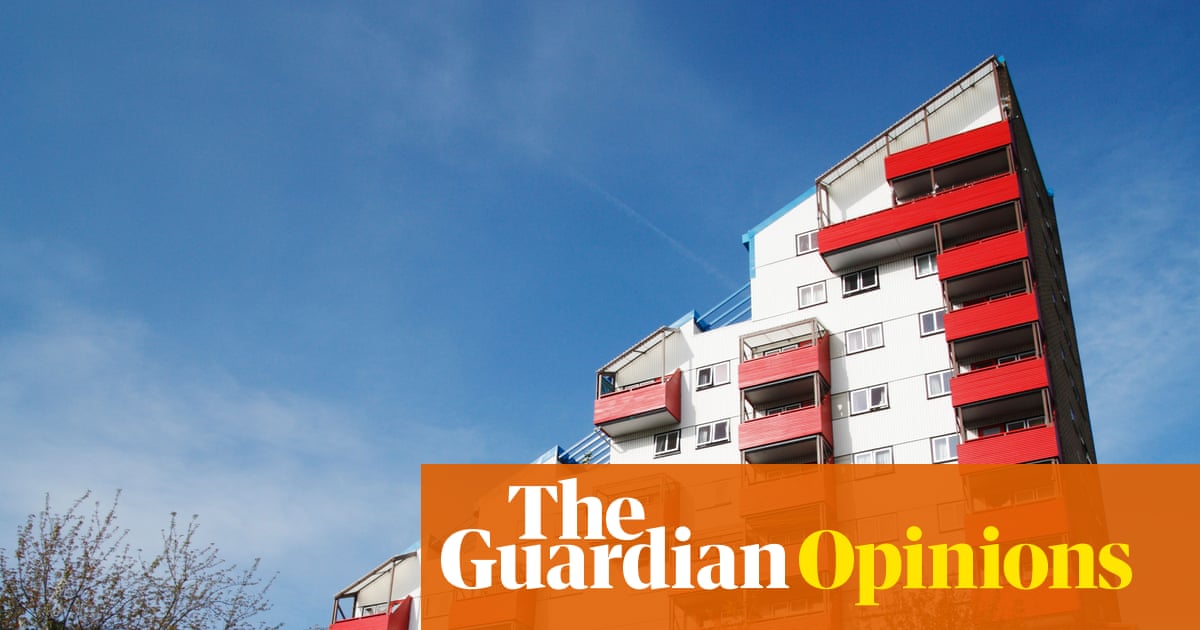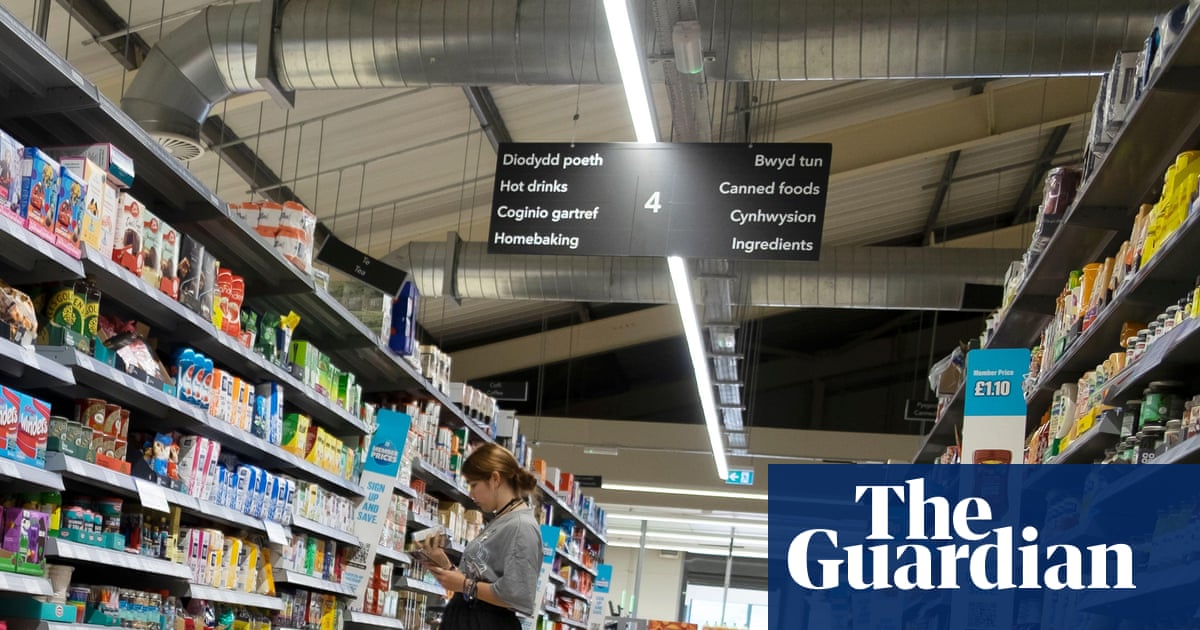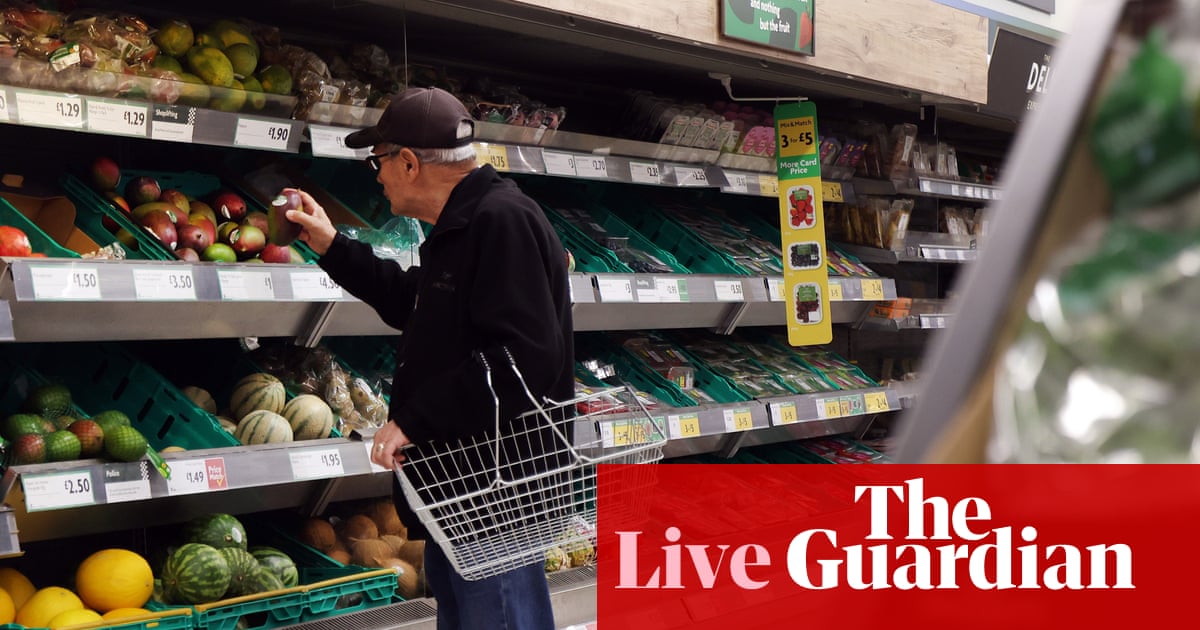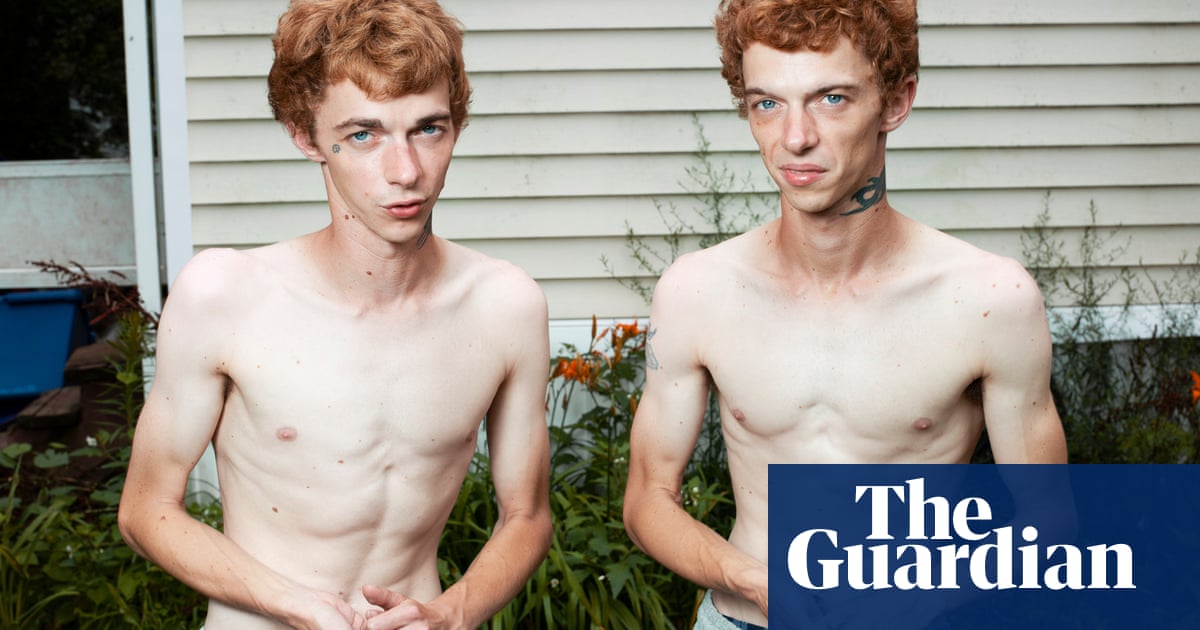In recent years, personal care products marketed at Black women have received increased scrutiny for their toxicity, specifically chemical hair straighteners. These perms, also known as “relaxers”, have been condemned for causing severe health problems, including fertility issues, scalp irritations and increased risk of cancer.
In light of this, many Black women have turned to natural hairstyles, including braids, as a way to avoid toxic chemicals. But recent research has revealed that popular brands of synthetic braiding hair, human-made extensions that are used in these protective styles, contain dangerous carcinogens, heavy metals and other toxins. Tested brands included in a recent study from Consumer Reports (CR) were Magic Fingers, The Sassy Collection, Shake-N-Go, Darling, Debut, Hbegant and Sensationnel, all mass producers of synthetic braiding hair.
According to the CR study, all tested samples of braiding hair contained volatile organic compounds (VOCs), human-made chemicals found in paints, industrial solvents and other products. Exposure to VOCs can cause health problems, including respiratory issues, nausea and fatigue. Long-term exposure has been associated with increased cancer risk and organ damage.
Contact with chemicals in synthetic hair doesn’t only occur when the hair is installed – exposure can take place under a variety of circumstances. For instance, synthetic braiding hair can be “brittle”, causing smaller pieces of hair to break off on to hands and be accidentally consumed, said Dr James Rogers, director and head of product safety testing at CR. “Even ingesting just a small amount of braiding hair material could possibly give you enough lead exposure to push you over the limit of what is considered safe,” Rogers said.
For Black people globally, braids are among the most common and beloved hairstyles. Some braided hairstyles involve plaiting extensions into one’s natural hair to achieve a range of styles, such as box braids, knotless braids, twists, goddess braids and more. These styles, worn by people of all ages, typically remain installed for weeks at a time, acting as a low-maintenance hairstyle that can promote hair growth and combat breakage.
Beyond convenience, braids carry cultural significance. Since the advent of the 1960s natural hair movement, braided styles represented an embrace of one’s afro-textured hair and Black identity more broadly, a political stance amid the popularization of relaxers.
In recent years, new research looking into the health effects of chemical straighteners only boosted the popularity of braids. A 2022 National Institute of Environmental Health Sciences study found that perms increased the risk of uterine cancer. The revelatory study followed 33,497 US women between the ages of 35 and 74 for 11 years and assessed their cancer risks. For women who used hair straightening products frequently – more than four times in a year – their cancer risk more than doubled.
The investigation unleashed a flood of public outcry and calls for federal regulation of chemical straighteners. Thousands of women who had used such products joined class-action lawsuits, alleging that they had contracted cancer from the hazardous hair products. But worries about synthetic hair raise new concerns about how Black women – both hair braiders and customers – can still be exposed to dangerous chemicals even when they opt for chemical-free hairstyles.
What the study said
The latest CR study first tested 10 of the most popular brands of synthetic braiding hair, said Rogers. Of the 10 brands tested, three contained benzene, a chemical linked to an increased risk of leukemia. Nine samples contained lead above the level deemed safe by experts. At least five samples contained more than 500,000 measurable VOCs; four samples had over 1m.
Researchers then considered how exposure to chemicals on synthetic hair might take place to better understand the posed health risks. In addition to ingestion of the hair, a likely scenario with the most intense form of exposure, braids are typically dipped in hot water or singed with an open flame to seal in the style, offering another opportunity for chemical exposure.

The CR report builds on limited research on toxins in synthetic braiding hair. A pilot study published in 2020 by scientists at the University of Colorado Boulder identified at least nine types of VOCs in emissions produced by heated synthetic hair.
Chrystal Thomas, a medical student at Albert Einstein College of Medicine in New York, previously published an article on the topic in the Lancet, a peer-reviewed medical journal. Her particular interest stemmed from an adverse reaction she suffered after getting braids in 2023. Thomas said she immediately noticed that her braids had an odor, similar to “new car or mattress”. Thomas attempted to wash her hair multiple times, but could not get rid of the smell. She also began to experience a host of alarming symptoms. “I would have trouble breathing,” she said, after getting braids. “I thought my throat would be very dry and it would feel like it was [tightening] up.” Within a week, Thomas decided to take her braids out to gain some relief.
Research on the subject was hard to come by, said Thomas, even as dozens of Black women have written about negative, physical reactions they had to synthetic hair. “Representation [in science] matters a lot. My experience is not unique,” said Thomas. “People who have been using synthetic braids have been speaking about this, but researchers haven’t necessarily had access to those voices.”
The fight for an alternative
The CR study results were unsurprising to Dr Kristian Edwards, a former public health professor at George Washington University. Edwards has tracked chemicals in Black beauty products for years, and in 2017, she founded BLK+GRN, a marketplace for Black-owned, non-toxic products.
Ingredients listed on beauty products, including braiding hair, lack “transparency”, said Edwards, with consumers assuming that products being sold in stores must be safe. “It requires diligence on consumers to check and make sure that all products they are using are safe, which is disheartening,” she said.
There has also been a stark increase in “undisclosed ingredients”, Edwards added. An analysis published last month by the Environmental Working Group found that 80% of more than 4,000 beauty products geared towards Black women have at least one moderate hazard, with many brands not disclosing what was in their products.
Current methods of regulation also aren’t as effective, Edwards said. Focusing solely on what ingredients are toxic “gives the manufacturer space to keep using ingredients that haven’t been researched as much, but may be just as toxic”, she said.
Overall, researchers are calling for more research on the health impacts of braiding hair and testing of more products, including plant-based extensions and human hair. With investigations into synthetic braiding hair, many consumers have gravitated towards those options, but synthetic braiding hair alternatives still involve some chemical process.

 3 months ago
34
3 months ago
34

